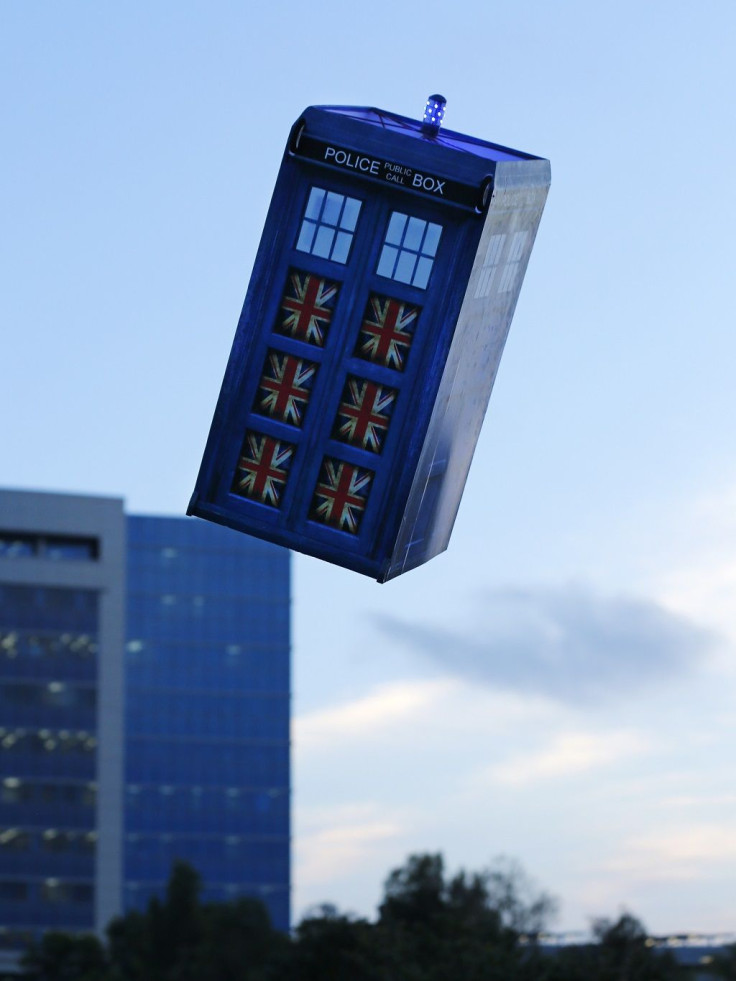Physicists create real-life TARDIS concept for time travel

“Doctor Who’s” TARDIS is real, or could get real if a physicist gets his way. Ben Tippett, a mathematics and physics professor at the Okanagan campus in University of British Columbia, Canada, has created a model of his very own TARDIS.
In the UK sci-fi series, the titular character travels in space and time using a ship disguised as a phone booth. This bigger-on-the-inside ship is called TARDIS, or time and relative dimension in space. Tippett and fellow researcher David Tsang also have a TARDIS, just of a different variety, probably more realistic, and still a concept.
In their study published in Classical Quantum Gravity journal (via Phys.org), Tippett and Tsang created a mathematical model of his time machine, also called the TARDIS, but which they named Traversable Acausal Retrograde Domain in Space-time. Tippett said that while time travel is a mathematically feasible concept, it’s not yet possible to build a machine for that.
“Because we need materials – which we call exotic matter – to bend space-time in these impossible ways, but they have yet to be discovered,” he said. As he wrote in his study, the division of space into three dimensions, with time in a separate dimension, is incorrect. Instead, the four dimensions should be imagined simultaneously as a space-time continuum.
Tippett, who is an expert in Albert Einstein’s theory of general relativity, said the concept is possible through the curvature of space-time in the universe. He proposed creating a “bubble” of space-time geometry that carries whatever inside it backward and forward through space and time along a large circular path. When the bubble moves at speeds greater than the speed of light, this would allow it to move backward in time.
“The time direction of the space-time surface also shows curvature. There is evidence showing the closer to a black hole we get, time moves slower,” he said. “My model of a time machine uses the curved space-time – to bend time into a circle for the passengers, not in a straight line. That circle takes us back in time.”
H.G. Wells’ “Time Machine,” published in 1885, is credited with the popularisation of the time travel concept. In 1915, Einstein announced his theory of general relativity, which claimed that gravitational fields are caused by distortions in the fabric of space and time. His theory was confirmed more than a hundred years later by LIGO Scientific Collaboration, a group of international physics institutes and research groups.
“People think of time travel as something as fiction,” he said. “And we tend to think it’s not possible because we don’t actually do it. But mathematically, it is possible.”





















